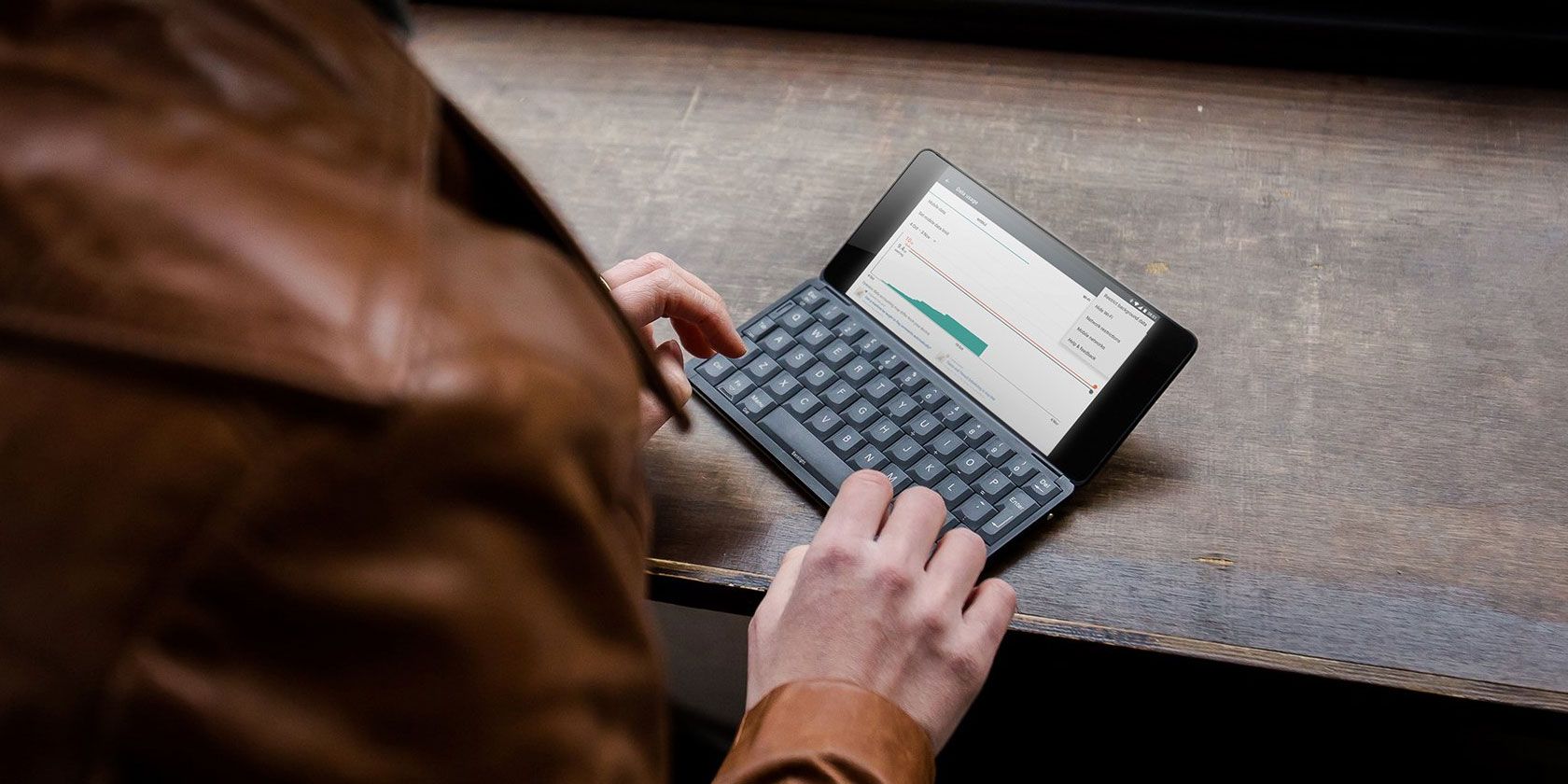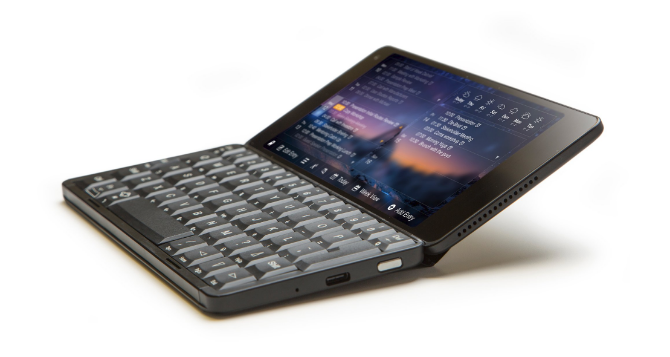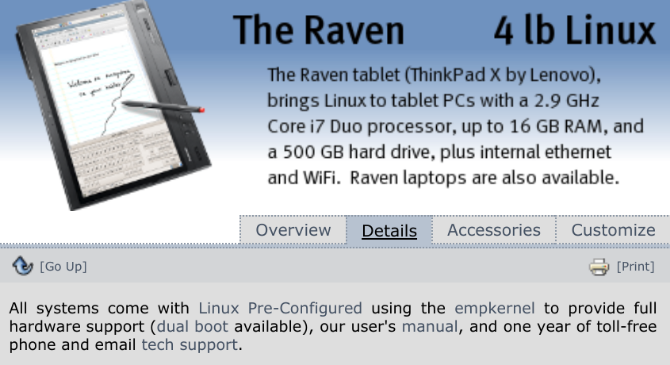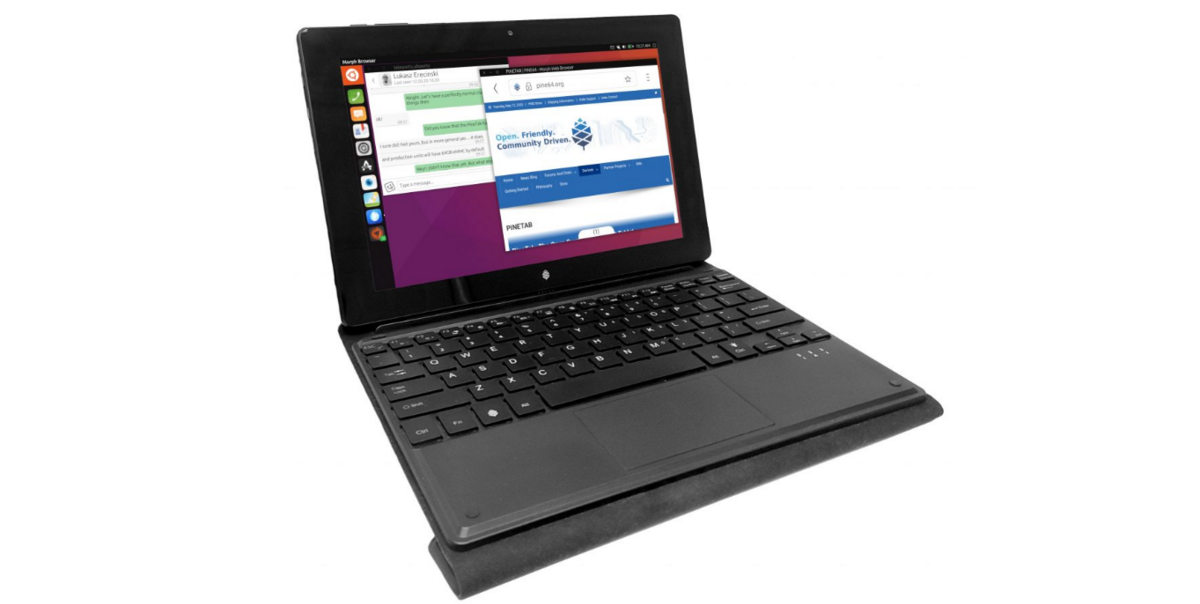Linux was born at a time when PCs were bulky, stationary machines. Now we're in the era of Apple iPads. Our Android phones have touchscreens, and so do our game consoles. Many of us long to use our favorite open-source operating system on a form factor we've come to love.
Fortunately, all is not lost. If you want to acquire a touchscreen device that runs Linux, you can! The options aren't yet plentiful, but they're growing. Here are some of the current and upcoming Linux tablet projects to keep on your radar.
1. JingPad A1
The JingPad is the first ARM tablet running traditional GNU/Linux developed for consumers in mind. It has an 11-inch 2368x1728 display, a detachable keyboard with a touchpad, and a stylus. It runs JingOS, a Qt-based iOS-like interface running on top of Ubuntu.
The JingPad is available for purchase, with videos online showing the device in action. JingOS also has active development, with a codebase that you can view and contribute to. You can also install JingOS on a device you may already have, such as a Microsoft Surface.
The JingPad has an 8000mAh battery, a 16MP rear camera, and a smaller 8MP camera on the front. If you run JingOS on the JingPad, rather than install it yourself on another device, then you also have the option to run various Android apps.
2. RasPad (Raspberry Pi Tablet)
The RasPad is crowdfunded device that offers everything there is to love about the Raspberry Pi but in a tablet form factor. That makes this a great product for makers and tinkerers. Judging by pledge prices, it's also likely to be relatively affordable.
If you've used a Raspberry Pi, you know the platform is what you want it to be. People have already tinkered with ways to make their Raspberry Pi portable.
Buying a RasPad can save you the time and effort of building your own product. That's not to say you won't have any DIY fun. For example, you can make your own Chrome OS or Android device by installing the right operating system.
In an educational or industrial environment, you can hook the tablet up to a robot for use as a control panel. For something more casual, try pairing a gamepad and turning your Raspberry Pi into a mobile gaming device.
3. Planet Gemini
Planet Gemini is more a smartphone than a tablet. That said, it's also more of a PDA than a smartphone. It's an un-apologetically niche product built for a more technical user. Honestly, you're more likely to appreciate this Linux-powered device more for being pocketable than for having a touchscreen.
The Gemini has a physical keyboard and a clamshell form factor. When you close it up, there are no outward-facing screens or dialing buttons. Still, the Gemini can serve as your phone, as you have the option to order either a 4G-enabled or a Wi-Fi-only version.
The Gemini's main OS is Android, but it comes with an unlocked bootloader and is able to run other operating systems. You can install Debian Linux, for example. You can also opt for another Linux-based smartphone OS, such as Sailfish.
4. Emperor Linux Tablets
Want to go the conventional route? Look no further than Emperor Linux. This reseller takes existing hardware lines, such as the Lenovo ThinkPad and the Panasonic Toughbook, and installs Linux.
For a couple grand, you can get a capable PC with a screen that will let you enjoy or develop the Linux touch-based experience. Depending on how powerful or durable you want your machine to be, you can easily spend thousands more.
Will your device turn heads? Not likely. These are machines that look more at home in an office or at a worksite than on your couch. But if your priority is getting work done, and you have a larger budget, then this may be your best option.
5. PineTab
The PineTab is a 10-inch tablet from Pine64, the folks behind the Pinebook and the Pinephone. This is hardware assembled with Linux in mind so that developers have an affordable way to develop software for the tablet form-factor. There's even a companion case with a keyboard and touchpad that turns the device into a laptop replacement.
On the surface, the PineTab looks like an affordable alternative to the iPad. Someday, perhaps, but the device shares the same internals powering the original $99 Pinebook. That means the software experience is slower than most people are willing to put up with.
The slow CPU and 2GB of RAM result in a lengthy delay when both launching and interacting with apps, and that's only for those that don't simply crash. But with the right set of optimized software, and realistic expectations of what you intend to use this device for, the PineTab may be able to serve your needs.
Like other Pine hardware, the PineTab is purchased and sold in batches. The original batch has sold out, and it's unclear if Pine64 will ship the same device in the future or perhaps go for an upgraded model. Keep an eye on the project to see what the future holds, see if you can find a used one for sale, or look ahead to the PineNote.
The PineNote is another tablet from Pine64 sporting an 11-inch e-ink display, a Wacom pen, and more powerful internals. With 4GB of RAM and 128GB of storage, the device could be a capable tablet someday. But for the time being, the device is only available for pre-order with developers as the intended audience. This is a project to watch for people looking for a FOSS alternative to the reMarkable tablet or the Android-powered Boox e-readers.
Want to Make Your Own Linux Tablet?
If you already have a touchscreen lying around, it may be tempting to install Linux yourself. This will save you some money, assuming everything works out enough to do what you want to do.
Here are a few options:
- Install Linux on your own Windows tablet or convertible notebook.
- Run Linux on an Android device. You can use a tool dedicated to running Linux on a non-rooted device, such as KBOX (no longer available). Or you could fire up Linux in an emulator, like Limbo.
- You can run Linux on some consoles such as the Nintendo Switch.
Linux Tablets Have Been a Long Time Coming
Linux tablet projects have come and gone over the years. The KDE community once excited many Linux users with the prospect of a Plasma-powered tablet. Devices such as the Aquaris M10 running Ubuntu and the Jolla Tablet actually came to fruition, but their lives were short.
Still, the dream survives. Thanks to crowdfunding and cheaper open components such as the Raspberry Pi, it's easier for people to take matters into their own hands.
If, on the other hand, you just want a solid Linux PC, it's easier than ever to find computers with a free and open-source operating system pre-installed.




